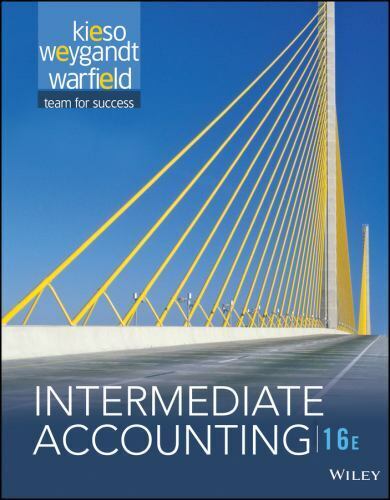E7-10 (L03) (Bad-Debt Reporting) The chief accountant for Dickinson Corporation provides you with the following list of
Question:
E7-10 (L03) (Bad-Debt Reporting) The chief accountant for Dickinson Corporation provides you with the following list of accounts receivable written off in the current year.
Date Customer Amount March 31 E. L. Masters Company $7,800 June 30 Stephen Crane Associates 6,700 September 30 Amy Lowell’s Dress Shop 7,000 December 31 R. Frost, Inc. 9,830 Dickinson follows the policy of debiting Bad Debt Expense as accounts are written off. The chief accountant maintains that this procedure is appropriate for financial statement purposes because the Internal Revenue Service will not accept other methods for recognizing bad debts.
All of Dickinson’s sales are on a 30-day credit basis. Sales for the current year total $2,200,000. The balance in Accounts Receivable at year-end is $77,000 and an analysis of customer risk and charge-off experience indicates that 12% of receivables will be uncollectible (assume a zero balance in the allowance).
Instructions
(a) Do you agree or disagree with Dickinson’s policy concerning recognition of bad debt expense? Why or why not?
(b) By what amount would net income differ if bad debt expense was computed using the percentage-of-receivables approach?
Step by Step Answer:






